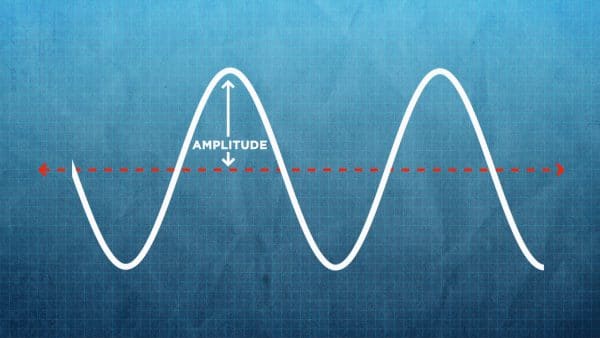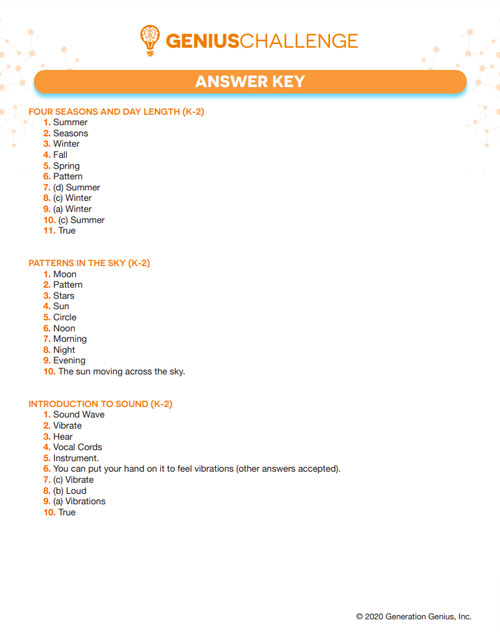Waves are a pattern of motion that transfer energy from place to place without transferring matter. There are different types of waves. Sound waves travel through air and allow us to hear sound. Water waves move on top of water. Light waves move in straight lines through space. On this page we will focus on sound and water waves.
To better understand the different types of waves…
LET’S BREAK IT DOWN!
Energy travels through waves.

Waves transport energy, not matter, from place to place. Remember that matter is made of particles too small to be seen.
Particles are required to transport some types of waves, such as sound waves. When the wave travels, the particles do not travel with the wave. It may appear that ocean waves are moving particles of water toward you, but in fact, the water is only moving up and down.
We can test this by placing a heavy ping-pong ball in a wave tank. The waves move from one side of the tank to the other, but the ping-pong ball does not travel, it only moves up and down.
Scientists put waves into two general categories: transverse waves and longitudinal waves. Transverse waves vibrate perpendicular to the direction that the wave travels. Ocean waves are a great example of a transverse wave. “The wave” at a sporting event is also a transverse wave.
Longitudinal waves vibrate in the same direction that the wave travels. Picture standing at one end of a spring toy, with a friend holding the other end. If you pull your end and let go, you will create a compression in the spring that travels down its length. Sound waves are an example of longitudinal waves.
Amplitude is the height of the wave.

Amplitude is a measure of the wave’s height. It also tells us how much energy a wave has. Waves with more energy have higher amplitudes.
The amplitude of a sound wave determines the sound’s loudness. When you turn the volume up on the TV, you are increasing the amplitude of the sound waves.
Wavelength is the distance between wave peaks.

Wavelength measures the distance between wave peaks. The closer the peaks of the wave are to each other, the more energy the waves have. The opposite is also true: when the wavelength is longer, the waves have less energy.
Sound waves travel through the air.

Sound waves are caused by vibrations. Since air is made of particles (matter), it transports sound very well. When a speaker vibrates it creates longitudinal waves that travel in ALL directions.
You can easily see how speakers create vibrations by sprinkling something small and light, like salt, onto a speaker. The salt particles will bounce due to the vibrations. Since sound waves travel in all directions you can hear sound even when you are not directly in front of the source.
Most of the sounds we hear travel through the air, but sound can also travel through solids and liquids too. Some solids, like metal and glass, are good at transmitting sounds. Other solids, including heavy fabrics and foam, muffle sounds. Sound can also move through liquids. Some animals, such as dolphins and whales, communicate underwater by using sound waves. We call that "echolocation."
In order for sound to travel, it must move through some type of matter. In outer space, there are no air particles through which sound can travel. In other words, if there is an explosion in space, it will be silent. You can test this by placing a phone in a vacuum. When music is turned on, no sound will be heard.


































































































































 Select a Google Form
Select a Google Form









